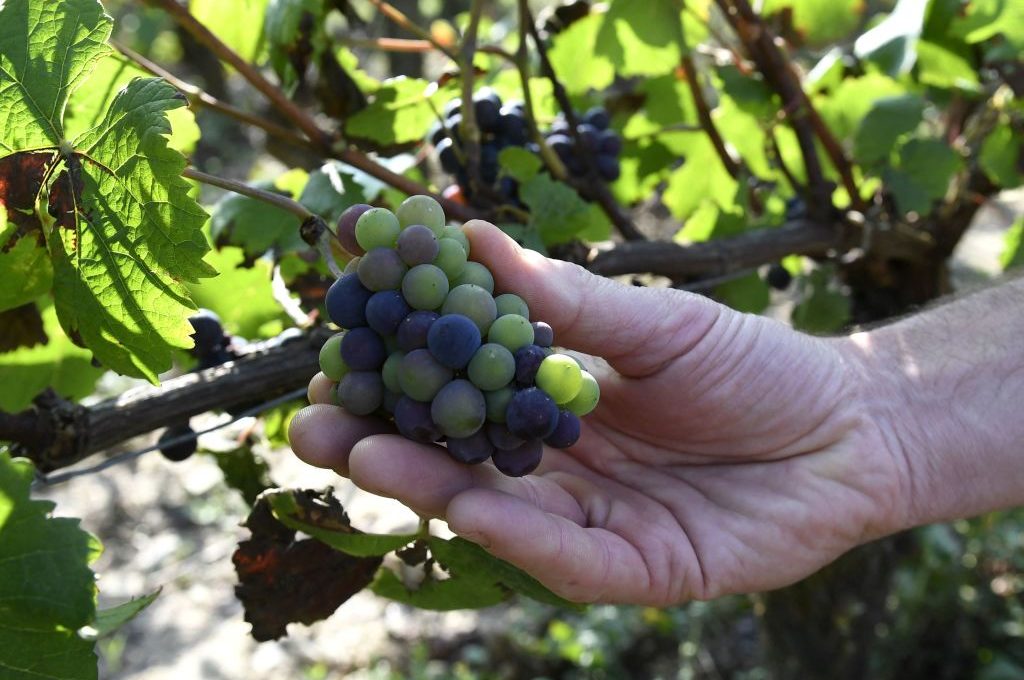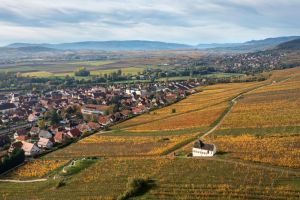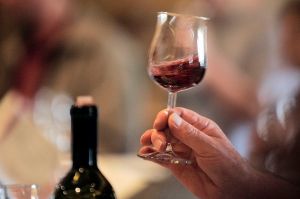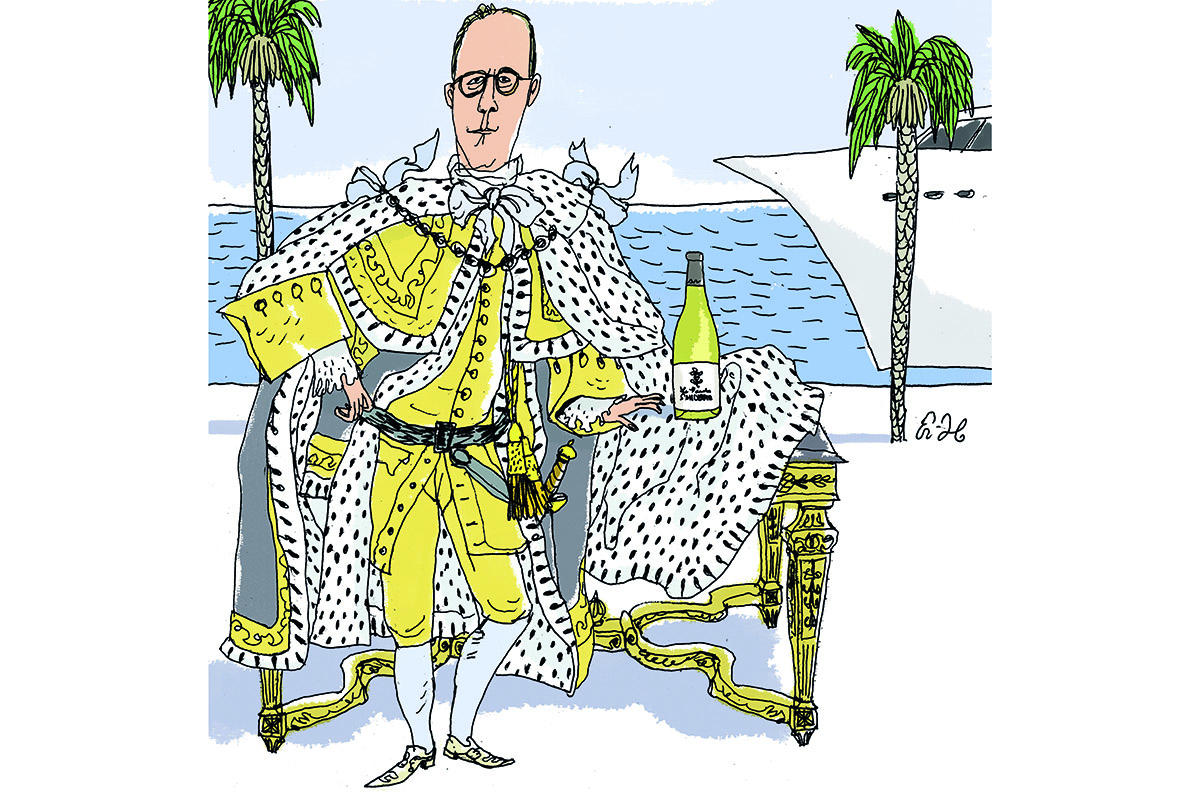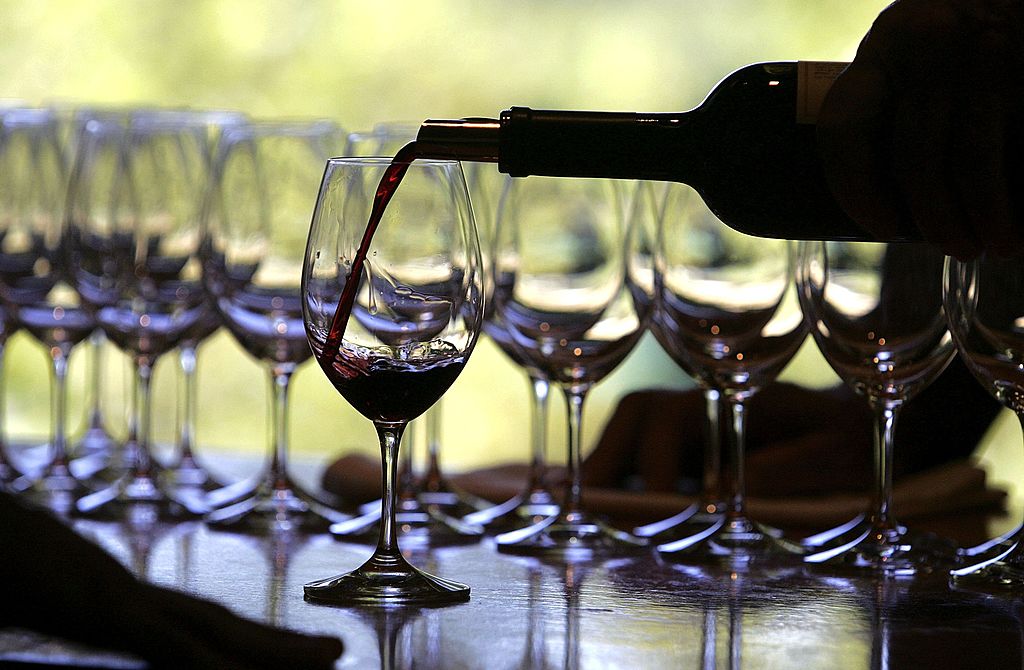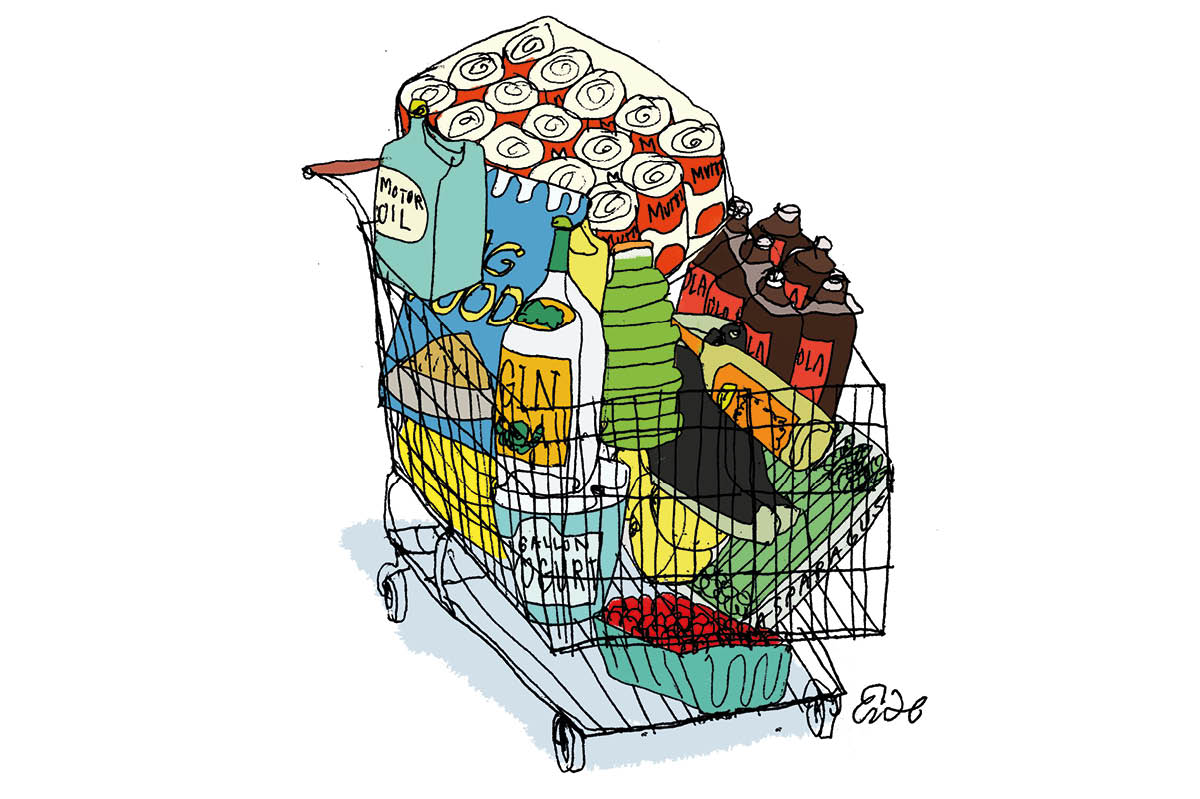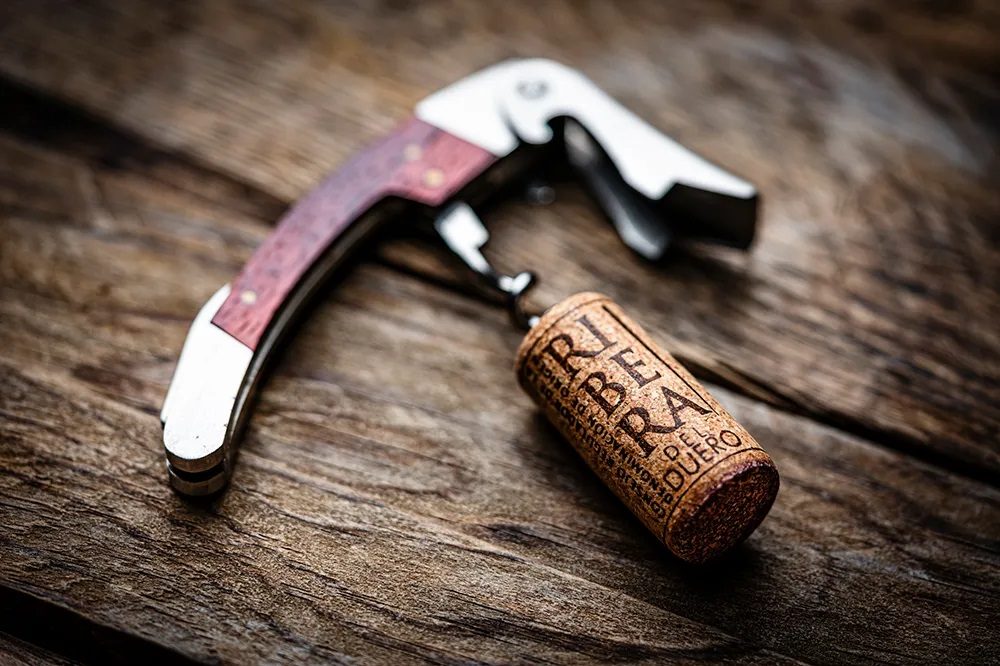It is very hot here in New England at the end of July. It was hot a week or two ago in old England, too. I arrived in London via the Eurostar after a week clambering over rotting German gun emplacements and gazing out at the D-Day beaches in Normandy. Sobering.
In London, I had taken a small house in a quiet mews in Kensington. After a quick shower, my first act was to nip down to the local Oddbins and collar a couple of bottles of the 2022 Maison Dousset Chablis. It is about £20 (you can get it in the States for around $20-$25), and it was the perfect entry wine. Chilled, it was tartish, citrusy, refreshing: a confident but undemanding tipple. Sitting out on a fetching balcony in the late afternoon, surrounded by lavender and boxwood, armed with the Chablis and a bowl of Kalamata olives, I was at peace amidst all the global warming I had been reading about.
In fact, I reflected, it was July, so it was supposed to be hot. True, a pal I’d been with in Paris the previous week had gone on to Rome. He telegraphed the news that it was 101°F at St. Peter’s. Yikes! But then I looked at some historical weather charts. It was often that hot in summer.
A little more digging brought me more cheery news from Patrick Moore. Moore was a founder of Greenpeace, so you would think that his ecological credentials would be unimpeachable. Alas, in recent years he has matured and gained some perspective. Nowadays he is issuing bulletins pointing out that “we are now in the Pleistocene Ice Age, the coldest it has been in 250 million years. There was no ice in the Arctic until about 3 million years ago.” He also points out that CO2, far from being a toxin, as you may have been told by some of your alarmist friends, is essential for life on earth. “The optimum level of CO2,” he points out, “is 1,000-2,000 ppm. It is now 420 ppm.”
But forget about the climate, I mean the weather: friends have arrived, so it is time for that other bottle of Chablis.
Despite Moore’s accurate observation, it is true that the world is getting warmer. It has been for thousands of years. It is only in the context of those millions of years Moore adduces that we can say that the climate is cooler than it had been. For wine growers, it is interesting to ask what those warmer temperatures portend. Will England replace France as the best place to grow Chardonnay and Pinot Noir? Will Canada give birth to a thriving wine industry? There has been a lot of speculation along those lines, but since it is not a subject on which I am required to have an opinion, I decline to form one.
I do, however, have an opinion about the 2020 Tenuta delle Terre Nere Sicilian rosé from the north side of Mount Etna, some 600 to 800 meters above sea level. It is 100 percent Nerello Mascalese, a noble and versatile grape that is at last becoming better known in the States. I had it for lunch in New York on another scorcher, and it lightened everything. It’s a surprisingly complex wine.
Marco de Grazia, the winemaker, says that this succulent but mineral rich wine “has the body of a white and the soul of a red.” That’s about right. And at about $25 a bottle it is attractively priced. Thanks to a friend, I recently discovered the dishy wine writer Kerin O’Keefe. She described the wine as well as anyone could. “Lightly hued, this refined, onion-colored rosato, made with organically grown Nerello Mascalese grapes, has delicate aromas suggesting Mediterranean scrub and wild berries. The dry, savory palate offers pomegranate, peach and citrus before a tangy mineral finish suggesting oyster shell.” What she said.
I’d like to get her bag of adjectives on another recent discovery, the various Chablis from Sébastien Christophe, a rising, or perhaps already risen, star. He started, age twenty, with a tiny parcel of Petit Chablis he had inherited in the town of Fyé. His wines now include a bunch of Premier Crus and Grand Crus in Blanchot and Les Preuses. His yields are small, so his wines are hard to come by. I recently sampled the 2022 Chablis (about $30), a splendid example of the fraught, melodic stoniness that makes Chablis such a noble and pleasing wine. I am looking forward to sampling others. Perhaps Kerin O’Keefe will join me and we can trade adjectives.
This article was originally published in The Spectator’s September 2023 World edition.



